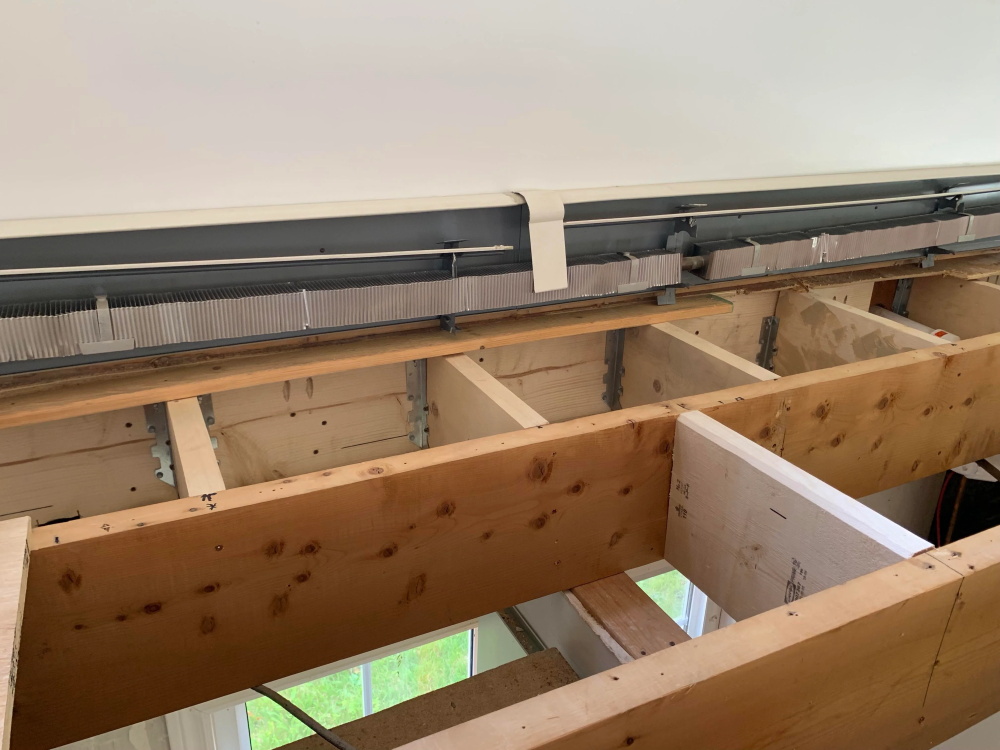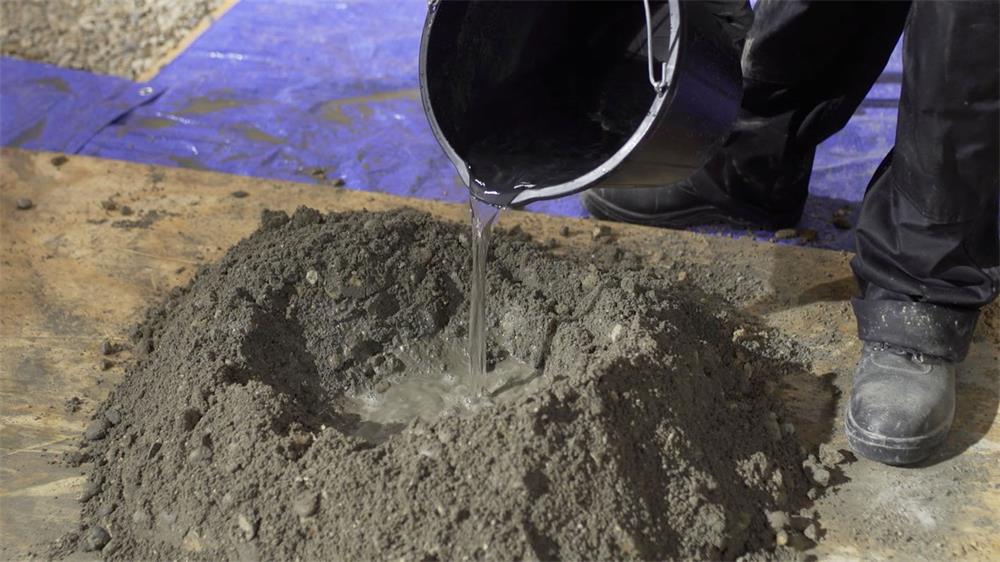Contents
Rolled roofing is a type of roofing material that comes in long, thin strips that are rolled up and sealed. It is made of asphalt and has a granular surface. Rolled roofing is cheaper, thinner, and less durable than asphalt shingles, but it is also easier to install and transport.
Rolled roofing may be a good option for you if you are looking for a simple and low-cost way to roof a structure that is not occupied, such as a shed, garage, barn, or workshop. However, rolled roofing has some drawbacks that you should be aware of before you buy it.
Pros and Cons of Rolled Roofing
Some of the advantages of rolled roofing are:
- It is one of the cheapest roofing materials available.
- It is one of the few types of roofing that you can install yourself, although with some limitations.
- It is easy to find at any home improvement store.
- It is lightweight and compact, making it easy to transport.
Some of the disadvantages of rolled roofing are:
- It has a low resale value and may lower the value of your property if used on an occupied structure.
- It has a short lifespan of about 5 to 8 years, compared to 20 to 30 years for asphalt shingles.
- It is prone to cracking, tearing, and leaking due to its thinness and lack of flexibility.
- It is not suitable for roofs with a steep slope or complex shape.
Types of Rolled Roofing
There are different types of rolled roofing that serve different purposes. Some examples are:
- Saturated felt: This is a type of underlayment that is made of felt soaked in asphalt. It is used as a base layer for other roofing materials, such as shingles or metal.
- Mineral-surfaced roll roofing (MSR): This is the most common type of rolled roofing that is used as a primary roof covering. It has a granular surface that resembles shingles. It comes in rolls of 100 square feet, measuring 36 feet long by 36 inches wide.
- Smooth-surfaced roll roofing: This is similar to MSR but without the granules. It has a smooth surface that can be painted or coated with other materials. It is often used as a flashing material around chimneys, vents, or valleys.
- Torch-down roofing: This is a type of single-ply membrane that is made of modified bitumen. It is applied by heating it with a torch and melting it onto the roof surface. It is often used on low-slope roofs that require waterproofing.
- Rubber membrane: This is another type of single-ply membrane that is made of synthetic rubber. It is attached to the roof with glue or fasteners. It is often used on flat roofs that need durability and resistance to weathering.
How to Install Rolled Roofing
The installation process for rolled roofing varies depending on the type and slope of the roof. However, the general steps are:
- Prepare the roof surface by removing any debris, nails, or old roofing materials. Repair any damaged areas and make sure the roof deck is dry and level.
- Install drip edges along the eaves and rakes of the roof. Drip edges are metal strips that prevent water from seeping under the roof edge.
- Install an underlayment layer over the entire roof surface. This can be saturated felt or another type of water-resistant material. Overlap the edges by at least four inches and nail them down every six inches.
- Install the rolled roofing starting from the bottom edge of the roof and working your way up. Overlap each strip by at least two inches and nail them down every four inches along the edges and every eight inches in the middle. Cut off any excess material at the top edge of the roof.
- Seal any seams, joints, or gaps with roofing cement or tape. Apply flashing around any openings or protrusions on the roof, such as vents, pipes, or skylights.
How to Maintain Rolled Roofing
Rolled roofing, like any other roofing material, requires regular maintenance to keep it in good condition and prevent leaks and damage. Here are some tips for maintaining your rolled roofing:
- Clean your gutters every fall and spring to prevent water from backing up and seeping under your rolled roofing. Make sure your gutters are securely attached and have kick-out flashing or splash guards where needed.
- Limit the growth of moss and algae on your rolled roofing by trimming nearby trees, removing debris, and applying a solution of chlorine bleach and water or a commercial product designed for this purpose. You can also choose rolled roofing that has algae-resistant granules.
- Remove any nearby tree branches that may rub against or fall on your rolled roofing. Tree branches can cause abrasion, punctures, or tears on your rolled roofing, as well as create shade and moisture that can encourage moss and algae growth.
- Avoid walking on your rolled roofing unless necessary, as foot traffic can scuff off granules, lift or crack shingles, or create holes. If you need to walk on your rolled roofing, wear soft-soled shoes and step carefully.
- Inspect your rolled roofing regularly for signs of damage, such as cracks, blisters, bubbles, tears, holes, or missing granules. Repair any damage as soon as possible to prevent further deterioration or leaks.
How to Repair Rolled Roofing
Rolled roofing can be repaired in different ways depending on the type and extent of the damage. Here are some common methods for repairing rolled roofing:
- For small tears or bubbles, you can patch the damaged area with roofing cement. Cut a slit in the bubble or tear and squeeze some roofing cement under it. Press down firmly and spread more roofing cement over the top. Cover the patch with a piece of metal flashing or a strip of rolled roofing.
- For larger holes or cracks, you can cut out the damaged section and replace it with a new piece of rolled roofing. Use a utility knife to cut around the damaged area and remove it. Clean the exposed area and apply some roofing mastic over it. Cut a patch that is 12 inches larger than the hole on all sides and press it down over the mastic. Nail down the patch every four inches along the edges and every eight inches in the middle. Seal the seams with more mastic or roofing cement.
- For damaged seams or joints, you can reseal them with mastic or roofing cement. Lift up the loose edge of the seam or joint and apply some mastic or cement under it. Press down firmly and apply more mastic or cement over the top. Smooth out any excess material with a putty knife.
Rolled roofing is a low-cost and easy-to-install roofing option for unoccupied structures with low-slope roofs. However, it also has some drawbacks that you should consider before choosing it for your roof. Rolled roofing requires regular maintenance and repair to prevent leaks and damage. By following these tips, you can keep your rolled roofing in good shape for years to come.












